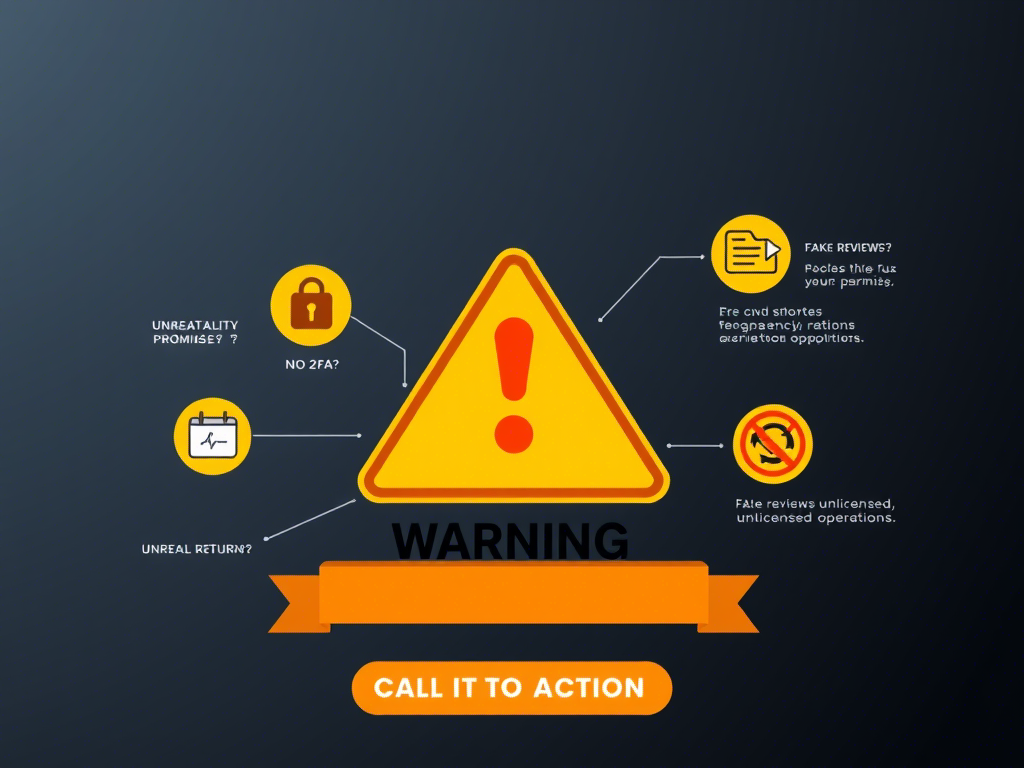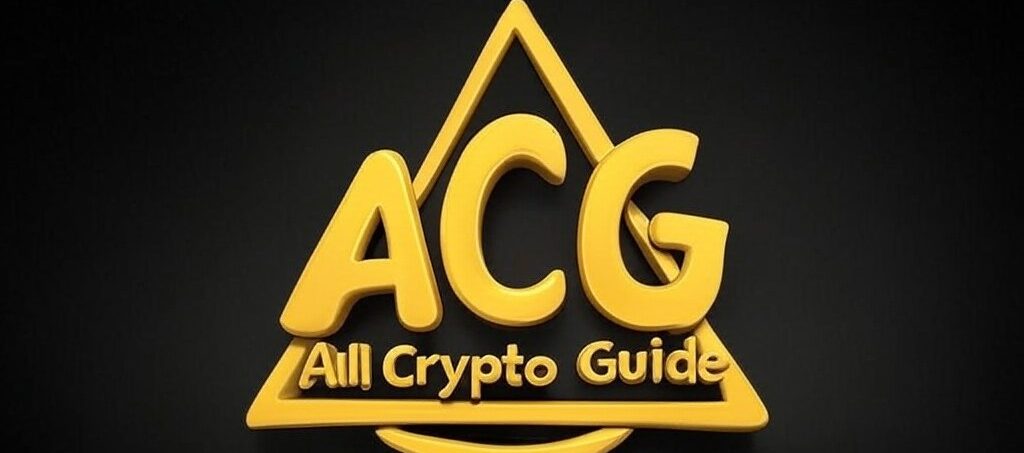
Cryptocurrency exchanges have become essential gateways for buying, selling, and trading digital assets. However, not all exchanges are created equal. Some platforms pose significant risks to users, ranging from poor security practices to outright scams. Learning how to recognize red flags is crucial for safeguarding your investments and personal data. This guide will walk you through common warning signs and provide actionable steps to stay safe in the crypto world.
Why Are Cryptocurrency Exchanges Risky?
The decentralized nature of cryptocurrencies makes them appealing but also exposes users to unique challenges:
Lack of Regulation
Many cryptocurrency exchanges operate outside traditional financial regulations. While some countries impose strict rules, others allow exchanges to function with minimal oversight. This creates opportunities for bad actors to exploit unsuspecting users.
Cybersecurity Threats
Hackers frequently target exchanges due to their vast repositories of valuable digital assets. High-profile incidents, such as the Mt. Gox and Coincheck breaches, highlight the importance of robust security measures. Without adequate protection, even legitimate exchanges can fall victim to cyberattacks.
Common Red Flags to Watch Out For
Here are the most prevalent warning signs that should raise concerns about a cryptocurrency exchange:
Poor Reputation or No Reviews
A reputable exchange will have plenty of user reviews and community discussions available online. If an exchange lacks credible feedback or relies heavily on glowing testimonials with no substance, proceed with caution. Fake reviews and manipulated ratings are red flags.
Unrealistic Promises
Be wary of exchanges promoting unrealistic benefits, such as guaranteed returns, free tokens, or overly generous referral bonuses. Legitimate platforms focus on transparency and fairness rather than sensational claims.
Limited Transparency
Exchanges that fail to disclose important details—such as their fee structure, ownership, or operational processes—are cause for concern. A trustworthy platform provides clear, accessible information to help users make informed decisions.
Weak Security Features
Security is paramount when handling sensitive financial data. Red flags include:
- Lack of two-factor authentication (2FA)
- Absence of cold storage solutions for securing funds
- Minimal customer support options for addressing security concerns
Unlicensed Operations
Operating without proper licenses or failing to comply with local regulations indicates a lack of accountability. Always check if the exchange adheres to legal requirements in your jurisdiction.
Best Practices for Staying Safe
To minimize risks, follow these best practices when engaging with cryptocurrency exchanges:
Research Thoroughly
Before depositing funds, investigate the exchange thoroughly. Use resources like:
- Trustpilot : Read verified user reviews.
- Reddit : Join subreddits dedicated to discussing specific exchanges.
- Official Websites : Verify credentials and contact information.
Start Small
Avoid committing large amounts of money until you’ve tested the exchange’s reliability. Begin with small transactions to gauge performance and responsiveness.
Enable Strong Security Measures
Protect your account by:
- Enabling 2FA for added login security.
- Storing private keys in hardware wallets or secure locations.
- Regularly monitoring your accounts for suspicious activity.
Stay Updated on Industry News
The crypto landscape evolves rapidly. Stay informed by following reputable news sources, subscribing to industry newsletters, and participating in active communities.
One notable example is BitConnect, a platform that promised outrageously high returns through its “lending program.” Eventually exposed as a Ponzi scheme, it collapsed in 2018, leaving thousands of investors with substantial losses. Another infamous case involves QuadrigaCX, where the sudden death of its CEO led to the loss of millions in customer funds due to poor management practices.
These examples underscore the importance of vigilance and thorough research before trusting any exchange.
Conclusion
Recognizing red flags is the first step toward protecting yourself in the complex world of cryptocurrency exchanges. By avoiding platforms with questionable reputations, unrealistic promises, or weak security features, you significantly reduce your risk exposure. Remember to always prioritize safety, start small, and keep yourself updated on industry trends.
Have you encountered any red flags while using cryptocurrency exchanges? Share your experiences or ask questions in the comments below. Together, we can build a safer crypto ecosystem!




